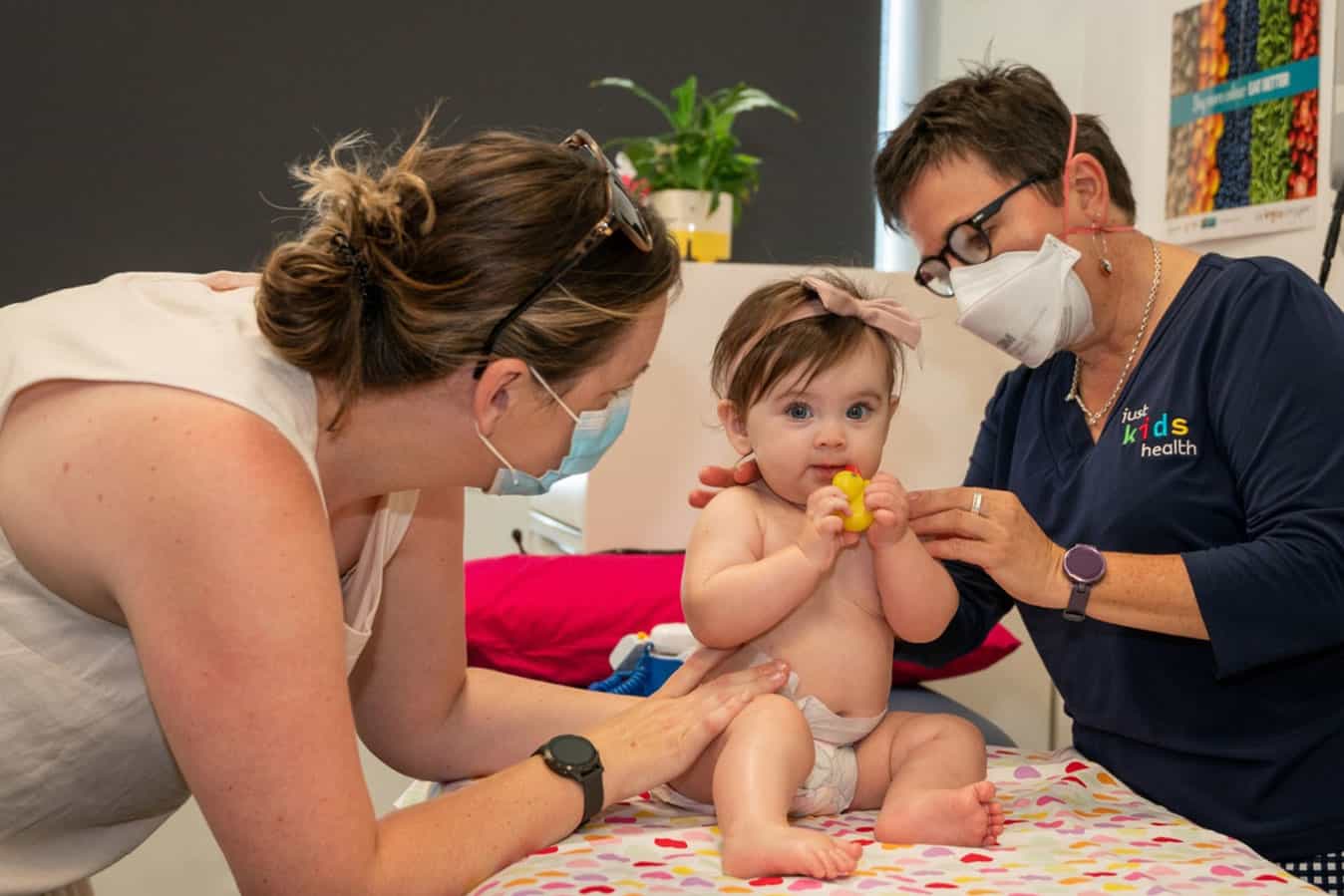Before COVID-19 hit, Paediatric Nurse Practitioner Stephanie Dowden pondered implementing telehealth at her Perth-based clinic but ultimately considered it too costly and unviable. When the pandemic arrived, the goalposts suddenly changed.
Speaking at the 2022 Australian College of Nurse Practitioners (ACNP) National Conference, Stephanie shared her experience with adopting telehealth and its benefits and challenges.
She recalled being in Melbourne in late February 2020 for a paediatric conference as word spread of a strange and scary virus emerging in Italy.
A close friend warned her to take swift action.
“She told me to get back to Perth ASAP, to close my face-to-face practice and convert to telehealth,” Stephanie told delegates.
The prospect forced Stephanie to rethink what she was doing and how she was going to stay viable. She admitted feeling scared about being able to continue to pay staff and losing her business.
Within just 10 days, however, the NursePrac Australia business, which provides healthcare combined with health education, and an NP-led clinic called justkidshealth, pivoted to telehealth. Fortunately, Medicare items for telehealth quickly became available as well.
Western Australia went into its first lockdown in April 2020. All up, face-to-face consultations at the clinic stopped for eight weeks.
For Stephanie, who quickly adopted the mantra crisis brings opportunities, switching to telehealth meant initially replacing all face-to-face consultations with telephone or video to speak with families and children.
What set up was required?
The clinic’s telehealth set up included two laptops/monitors, with video on one screen and clinic notes on the other.
Stephanie also had a landline phone and hooked herself up with an earpiece.
She even positioned some toys in sight of cameras to distract children during consultations.
When it came to paperwork, all paper documents had to be changed into writeable PDFs, including patient details and consent forms, a streamlined process that the clinic still uses.
Stephanie said she was lucky to adopt telehealth platform Coviu early, one of the first non-doctors to do so, which allowed her to handle billing seamlessly.
As always, her main priority was delivery of quality healthcare.
“We realised early on that we had to support our patients,” Stephanie said.
Delivering safe care
For the clinic, delivering safe care meant educating families and patients to get the best possible outcomes from telehealth.
This included making sure they were clearly visible from their devices and were using the best tech available to them.
“One of the things that really worried me early on was can I deliver safe care like this,” Stephanie recalled.
“The first thing I had to think about was, what am I doing now, and what do I need to do to keep providing this safely.”
From her experience and research, Stephanie says issues to consider when delivering care via telehealth include adverse outcomes, documentation issues, poor triage and dysfunctional systems.
Video vs Phone
While best practice suggests video is the preferred approach for substituting face-to-face consultations, Stephanie said the majority or primary care providers are using telephone, even though funding and billing is designed for both.
Highs of telehealth
“It’s faster and efficient, particularly if you get all your paperwork aligned,” Stephanie said.
“You don’t have to worry about cleaning, there’s no infection risk, and parents loved it and could get on with their day, cook, chat, breastfeed and fold the washing, and didn’t have to juggle kids and traffic/transport.”
The process has been boosted further now that the clinic has electronic prescribing.
“We often form much deeper relationships [with parents] because it’s a bit more intimate, a bit more private, and they’re not being distracted by the kids playing in my room. So it can sometimes turn into a much better consultation.
“For me, I think you get a different view into people’s lives than what you see in the clinic and what you see when you’re looking into their living room or bedroom. It can be a really helpful way of seeing what’s going on in people’s lives.”
Lows of telehealth
Not surprisingly, poor internet connections were among the lows of the new platform for Stephanie.
Key outcomes
While adopting telehealth was thrust upon Stephanie because of COVID-19, it proved a blessing in disguise and has allowed the clinic to become more flexible and innovative, she said.
“Our business is still going. We learnt to be a lot more flexible. It was an innovation that we weren’t quite anticipating but we did it. Patients and parents love it and now we just use it as part of the options for care.”
To find out more about NursePrac Australia click here








